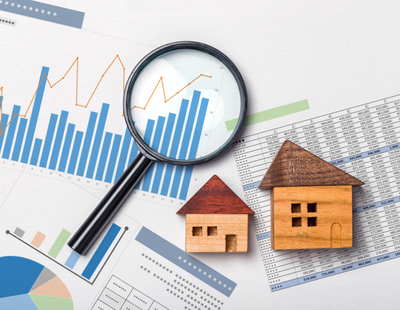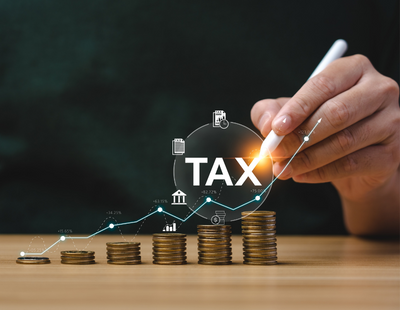Capital gains tax is a tax on inflation, and at a time when it’s racing ahead in double digits, investors are facing a triple whammy of blows. If their investments outside of tax wrappers manage to keep up with inflation, they’ll be taxed on anything over their annual allowance when they sell up, seriously denting their inflation-matching ability. To make matters worse, the slashing of the allowance means inflation has pushed ever-larger slices of the gain into the realms of tax. And because income tax thresholds have been frozen, more of them will pay a higher rate of CGT into the bargain.
The fact that there’s no indexation means it’s not just the real gains being taxed – but inflation too. It takes us back to the bad old days of the 1970s, when Sir Geoffrey Howe called CGT without indexation “a capricious, and sometimes savage, levy on the capital itself.
Anger at this situation led to the introduction of indexation, which ran from 1982 to 1998 and effectively accounted for inflation.
Gordon Brown replaced it with taper relief, which didn’t match inflation, but rewarded you for holding assets for longer. At the time, he argued that in a low inflation environment, accounting for inflation wasn’t necessary. That low inflation environment seems a long way in the past now. In 2008, taper relief was axed too, so there’s no relief on the gain beyond the allowance.
The slashing of the CGT allowance in April will push us back to the level we had in the mid-1990s. Since then, inflation has transformed the buying power of £6,000. Back then, a loaf of bread cost just 52p – compared to £1.39 today and a pack of butter 74p – compared to £1.42. If the allowance had kept pace with inflation from 1995 it would be £14,661.
The second horrible cut a year later will actually push us back to the level we had back in the early 1980s, and 40 years have had a dramatic impact on the value of our money – with £3,000 back then worth £14,746 today.
Wages are up 6.7 per cent in a year - the strongest growth rate for regular pay outside the pandemic period. Of course, in reality, when you take inflation into account, the buying power of regular pay fell 2.5 per cent - one of the largest falls since records began in 2001.
However, because the tax thresholds have been frozen, the taxman takes no account of inflation. It means more people will cross the threshold into paying higher rates of tax. Once they become higher rate taxpayers, among the many extra costs they face is that any capital gains will be taxed at 20 per cent - or 28 per cent for residential property.
It always matters that we may have to pay a huge chunk of tax on money we’ve carefully invested over the years.
In this environment it’s particularly galling, because you may end up with a tax bill even if all your investments have done is kept pace with inflation.
It’s also going to create problems in the coming years. As people make investment decisions, and choose whether to sell or hang onto an asset, CGT could distort their decision-making. When the tax tail wags the investment dog, it can raise real risks.
It may well make sense to take advantage of this year’s CGT allowance if you can.
If you’re sitting on gains outside an ISA or pension, you can sell up, make a gain of up to £12,300, and pay no CGT. If you haven’t used your ISA allowance yet this year, you can move up to £20,000 of the assets into an ISA wrapper, so you don’t have to worry about tax on gains on these investments ever again.
If you’re married or in a civil partnership, you can transfer the ownership of some assets to your spouse or civil partner. There’s no CGT to pay on the transfer. When they sell up, there may well be tax to pay, and the gain will be calculated by comparing the cost on the day of selling with the day when their spouse originally bought the asset. However, they have a CGT allowance of their own to take advantage of, so a chunk of the gain won’t be subject to tax. If they’re taxed at a lower rate, they may also pay any CGT at a lower rate too.
You should also consider dividend tax when realising gains and moving assets into an ISA. The tax allowance for this is also being cut from £2,000 to £1,000 in April - and to £500 a year later - and many people choose to prioritise moving income-producing assets into the ISA, because income tends to be taxed at a higher rate and can’t be planned for as easily as a capital gain.
*Sarah Coles is Senior Personal Finance Analyst at Hargreaves Lansdown *
Want to comment on this story? Our focus is on providing a platform for you to share your insights and views and we welcome contributions.
If any post is considered to victimise, harass, degrade or intimidate an individual or group of individuals, then the post may be deleted and the individual immediately banned from posting in future.
Please help us by reporting comments you consider to be unduly offensive so we can review and take action if necessary. Thank you.













.png)





Join the conversation
Be the first to comment (please use the comment box below)
Please login to comment